If you are a grower of crops that lend themselves to transplanting, you probably fall into one of two camps:
1.You’ve considered getting a planting machine
2.You already have on or more planting machines in operation
Regardless of whether you’ve invested into a planting machine for your growing operation, it’s good to be aware of the types of planting machines, the latest in transplanting technology, and other factors that influence which system might be right for you.
Types of Planting Machines
Planting machines, also known as transplanters, come in many variations. Here are the broad categorizations of transplanter.
Semiautomatic Planting Machine
Semiautomatic planting machines can handle a wide range of vegetables, including tomatoes, cabbage, broccoli, celery, lettuce, and onions. Most semiautomatic transplanters provide excellent planting quality even in the most difficult ground conditions. This transplanter may be used in both flat and elevated beds.
As the term indicates, semiautomatic transplanters are partially automated but still need human labor to operate. With most planters of this type, a worker sits over each planting head and feeds seedlings into it.
Fully Automatic Planting Machine
A fully automated transplanter plants vegetables and other seedling crops with minimal human intervention.
While no transplanter is 100% automated—at least one human is required on any planting machine developed to date—automatic transplanters don’t need humans to feed seedlings into individual planting heads. Accordingly, they reduce the burden of agricultural labor significantly.
Automated Transplanting Systems
Automated transplanting systems involve a planting machine that is integrated into a larger technological solution. For example, agricultural technology company PlantTape has developed an automated transplanting system that includes sowing, nursery operations, and transplanting. The PlantTape automatic transplanter is one component of the larger system.
Walking Transplanters
Suitable for smaller growing operations, walk-behind planting machines cost much less than their powered counterparts. Similar to a rototiller, an operator controls the transplanter with handles and levers while walking behind it. A good example of a walk-behind transplanter is this rice transplanter from Harvester Machine.
Self-Powered Transplanters
Self-propelled transplanters are motorized and have a seat and controls for the operator. Depending on the type—semiautomated vs fully automated—they may also have seating for additional laborers. One example of a self-propelled transplanter is this rice planter.
Tractor-Pulled Transplanters
With a tractor-pulled transplanter, the tractor supplies both the forward momentum and the power needed to operate the machinery. For large-scale transplanting operations, tractor-pulled planting is the most common.
Carousel Planters
In a carousel-style planter, a circular rotating set of trays allow workers to drop seedlings into each receptacle as it rotates past. Carousel transplanters are almost always semiautomatic, meaning they require one laborer per planting head to feed the plants into it.
Paper Pot Transplanters
Paper pot planting machines are specialized equipment used in small-scale farming to plant cut greens, scallions, and other row crops in high-density plantings. They're typically utilized as a time-saving alternatives to hand-seeding or hand transplanting.
The paper pots form a chain that feeds through the transplanter. When you pull the bed down, seedlings are planted at your desired spacing.
Paper pot transplanters are rarely used in large-scale agricultural production, due to their more labor-intensive nature. Most paper pot planters, such as this one from Johnny’s, are walk-behind planting machines (see above).
Tape Planting Machines
Tape planting machines, such as the one from PlantTape mentioned above, feed a biodegradable tape through the planting modules. The tape contains the seedlings in individual planting soil compartments. As the tape feeds belt-style through the planting modules, each planting module cuts the tape between plants and places each plant into the soil.
Tape-based transplanting is an exciting development in transplanting technology.
What to Consider When Shopping for a Transplanter
Your farm's size.
According to the American Vegetable Grower's State of the Vegetable Industry survey, small farms are considerably more likely than large farms to cultivate a diverse range of crops. Everything from small-seeded crops like carrots to large-seeded pumpkins can be grown on small vegetable farms. They can grow bare-root sweet potatoes and strawberries in a plastic-lined/mulched container.
When a single planter is required to plant a large number of commodity types, the technology involved becomes increasingly advanced.
Another consideration for small farms is whether or not they share equipment with neighboring farmers. You'll need planting and transplanting equipment that can readily modify row widths to accommodate everyone if you do.
Planting should be done in as few passes as possible in large operations, with no double or triple passes over the same row. So irrigation and fertilizer applicators will be beneficial to you.
Your planting window.
One of the key factors contributing to the shortening of a feasible planting window is the weather. You might want to check back over the last ten years to see how often weather influenced your planting schedule
Large farms nearly always have a short planting schedule since planting thousands of acres takes significantly longer than planting hundreds of acres.
Another important consideration is the capacity of the transplanting system. A machine that can hold more seedlings needs to be refilled less and saves time.
When speed is a primary goal, accuracy will become even more important.
If you're a small or medium enterprise with a longer planting window, the extra time for irrigation and feeding, as well as reloading, isn't an issue, and you can save money by using a more basic machine.
Labor
All growers, large and small, face a labor shortage. And there's no sign that this pattern will reverse anytime soon.
If you're having trouble finding enough people to help with the planting, consider using transplanters that require fewer workers to operate.
Planting Machines are a Big Investment
In many cases, a new and efficient planting machine can be one of the best investments a grower makes into his or her operation. Still, it must be considered carefully.
Only you know your cashflow, appetite for risk, plans to grow (or not), and other variables that influence a decision like this.
By doing your homework and considering the points in this article, we’re confident you’ll make the best choice.

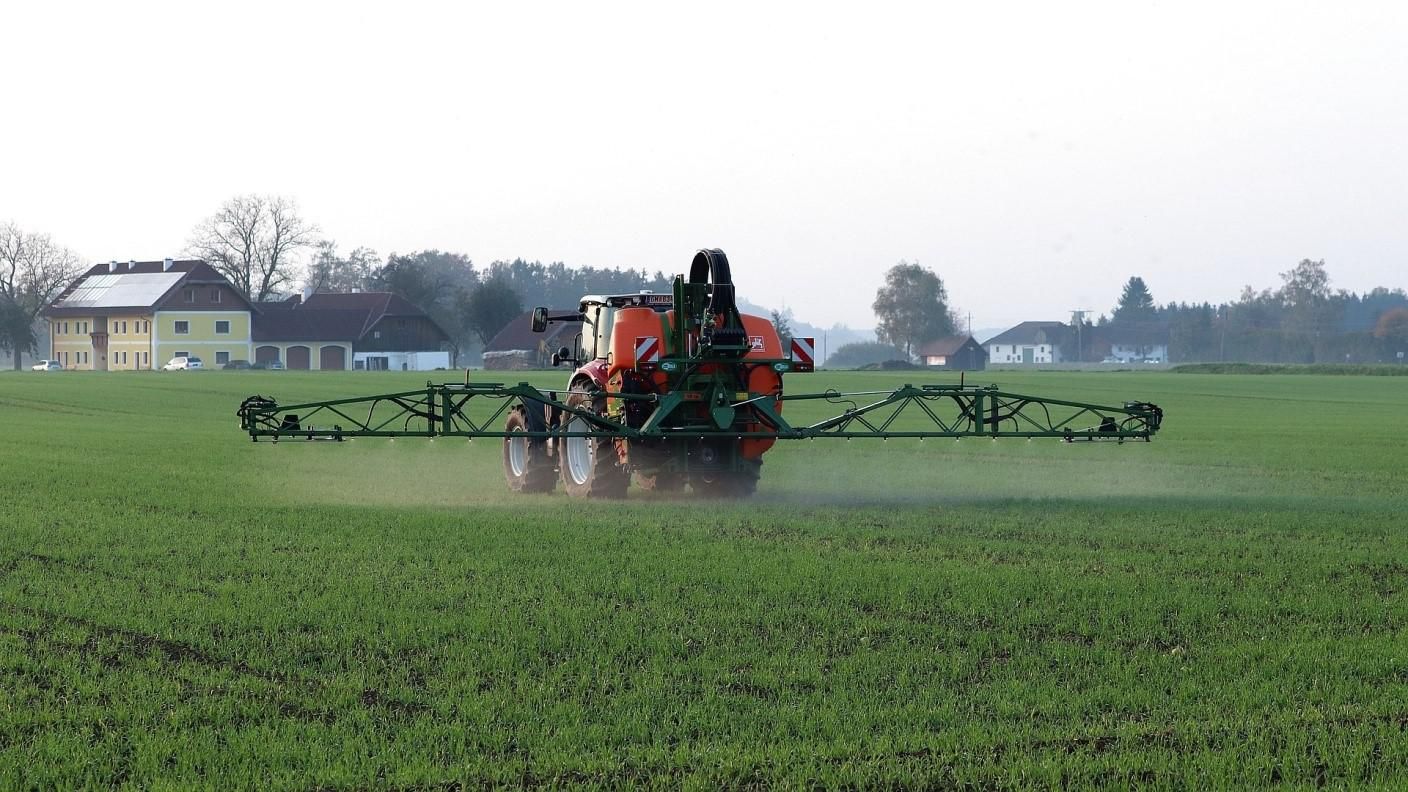



 people sitting on chair in front of computer
people sitting on chair in front of computer



 all stars lol GIF by Lifetime
all stars lol GIF by Lifetime two women talking while looking at laptop computerPhoto by
two women talking while looking at laptop computerPhoto by  shallow focus photography of two boys doing wacky facesPhoto by
shallow focus photography of two boys doing wacky facesPhoto by  happy birthday balloons with happy birthday textPhoto by
happy birthday balloons with happy birthday textPhoto by  itty-bitty living space." | The Genie shows Aladdin how… | Flickr
itty-bitty living space." | The Genie shows Aladdin how… | Flickr shallow focus photography of dog and catPhoto by
shallow focus photography of dog and catPhoto by  yellow Volkswagen van on roadPhoto by
yellow Volkswagen van on roadPhoto by  orange i have a crush on you neon light signagePhoto by
orange i have a crush on you neon light signagePhoto by  5 Tattoos Artist That Will Make You Want A Tattoo
5 Tattoos Artist That Will Make You Want A Tattoo woman biting pencil while sitting on chair in front of computer during daytimePhoto by
woman biting pencil while sitting on chair in front of computer during daytimePhoto by  a scrabbled wooden block spelling the word prizePhoto by
a scrabbled wooden block spelling the word prizePhoto by 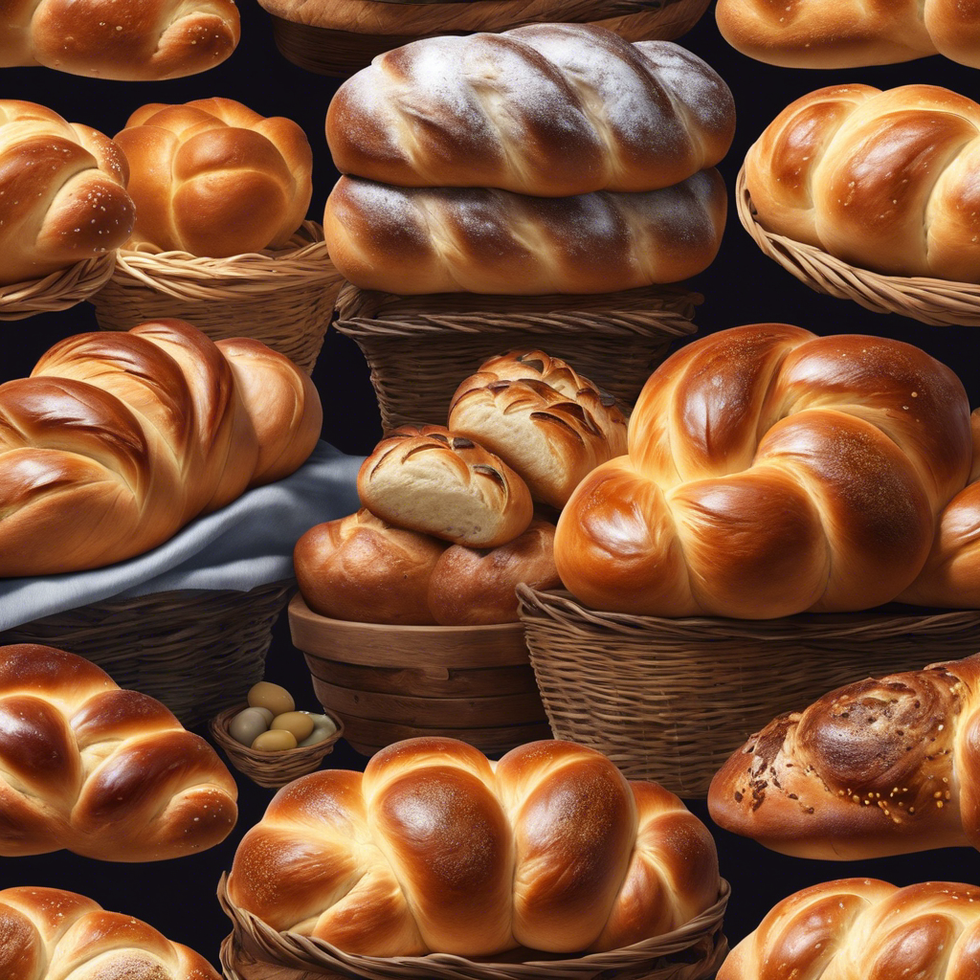
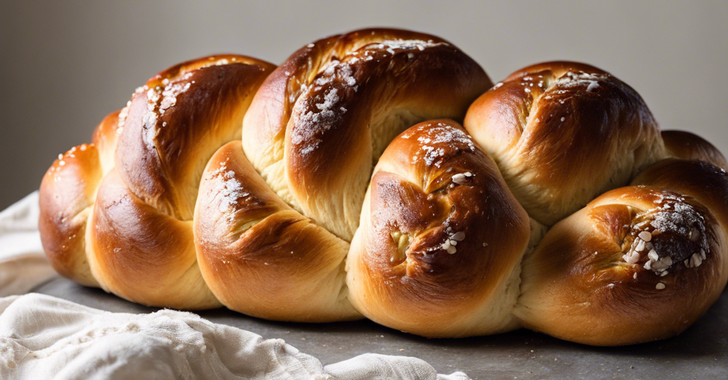 StableDiffusion
StableDiffusion
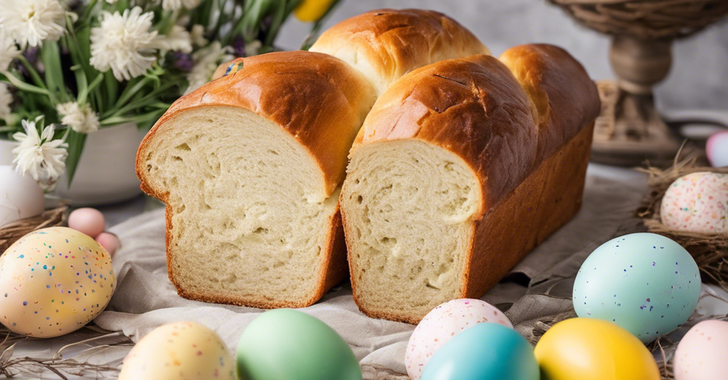 StableDiffusion
StableDiffusion
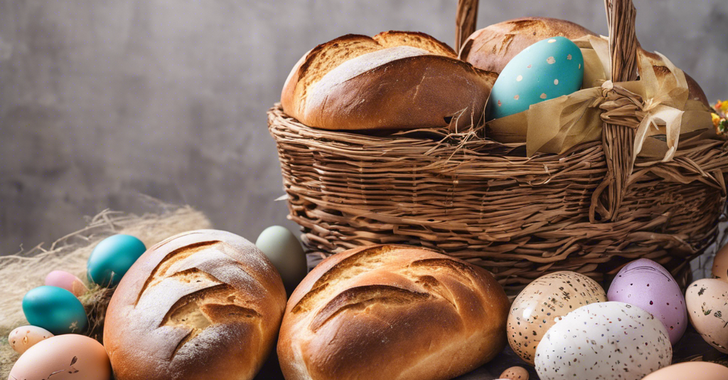 StableDiffusion
StableDiffusion

 women sitting on rock near body of waterPhoto by
women sitting on rock near body of waterPhoto by 
 Photo by
Photo by  Photo by
Photo by  Photo by
Photo by  Photo by
Photo by  Photo by
Photo by  Photo by
Photo by  Photo by
Photo by  Photo by
Photo by  Photo by
Photo by  Photo by
Photo by 



